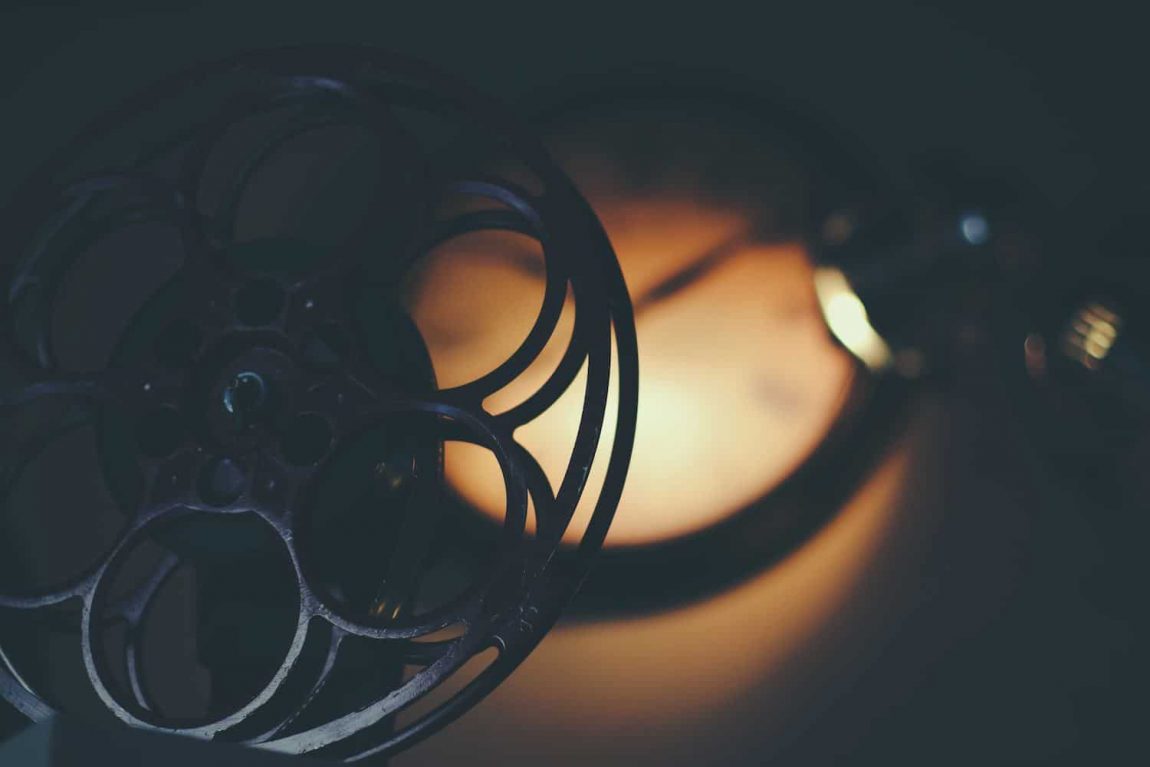The Evolution of Cinema: A Journey Through Film History
The world of cinema has undergone a remarkable transformation since its inception. From the earliest days of silent films to the modern era of digital filmmaking, the evolution of cinema is a captivating story of technological innovation, artistic expression, and cultural influence. Let’s embark on a journey through the history of film, exploring its roots, its pivotal moments, and its profound impact on the entertainment industry.
The Dawn of Cinema: Early Beginnings
Shadowgraphy and Camera Obscura
Cinema’s roots can be traced back to ancient forms of entertainment like shadowgraphy and the camera obscura. These early methods created the illusion of moving images, setting the stage for the development of film.
The Magic Lantern
The magic lantern, developed in the 1650s, was a significant step forward. This device projected painted images onto walls, often used in phantasmagoria shows, blending imagery with live actors and effects.
The Birth of Motion Pictures
Stroboscopic Animation and Early Photography
The introduction of stroboscopic animation in the 1830s, followed by advancements in photography, laid the groundwork for capturing motion. Innovators like Eadweard Muybridge and Étienne-Jules Marey began experimenting with sequential photographs, exploring the possibilities of depicting movement.
The Invention of Celluloid
The end of the 19th century saw the introduction of celluloid film, revolutionizing the way images were captured and projected. This development led to the creation of the first motion picture cameras and projectors, bringing cinema to life.
The Era of Silent Films
Early Films and Projection
The early 20th century was dominated by silent films, characterized by a lack of synchronized sound. Films were often accompanied by live music to enhance the viewing experience.
Notable Innovations
Filmmakers like Georges Méliès pushed the boundaries of cinema with films like “A Trip to the Moon,” incorporating special effects and narrative storytelling. This period saw the rise of Hollywood and the establishment of cinema as a major form of entertainment.

The Advent of Sound
The Jazz Singer: A Game Changer
The introduction of synchronized sound in the late 1920s, exemplified by “The Jazz Singer,” marked a major shift in the film industry. “Talkies” became the new standard, rapidly overtaking silent films.
Technological Advances
The incorporation of sound brought about significant changes in filmmaking techniques and equipment. Studios invested heavily in sound stages and audio technology, transforming the way movies were produced and experienced.
The Golden Age of Hollywood
The Studio System
The 1930s and 1940s are often referred to as the Golden Age of Hollywood. Major studios like MGM, Warner Bros., and Paramount dominated the industry, producing a stream of popular films that defined the era.
Iconic Films and Stars
This period saw the rise of iconic films like “Gone with the Wind” and “Casablanca,” as well as stars like Humphrey Bogart, Marilyn Monroe, and James Dean, who became synonymous with the glamour of Hollywood.
The Modern Era: Digital Revolution
The Shift to Digital
The late 20th and early 21st centuries have seen a dramatic shift to digital filmmaking. This transition has allowed for greater creative flexibility, reduced costs, and has revolutionized post-production processes.
Contemporary Filmmaking
Today, filmmakers have access to advanced CGI, high-definition cameras, and digital distribution platforms. This technological evolution has expanded the possibilities of storytelling, visual effects, and global reach.
Conclusion: Cinema’s Enduring Legacy
The history of cinema is a testament to human creativity and technological progress. From its humble beginnings to its current status as a global phenomenon, film has continually evolved, captivating audiences with its ability to tell stories, evoke emotions, and reflect the human experience. As we look to the future, cinema’s journey is far from over, with new technologies and visionary filmmakers set to take the art form to even greater heights.





